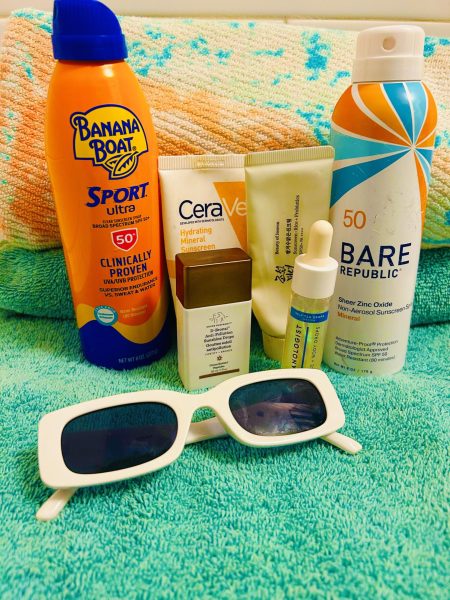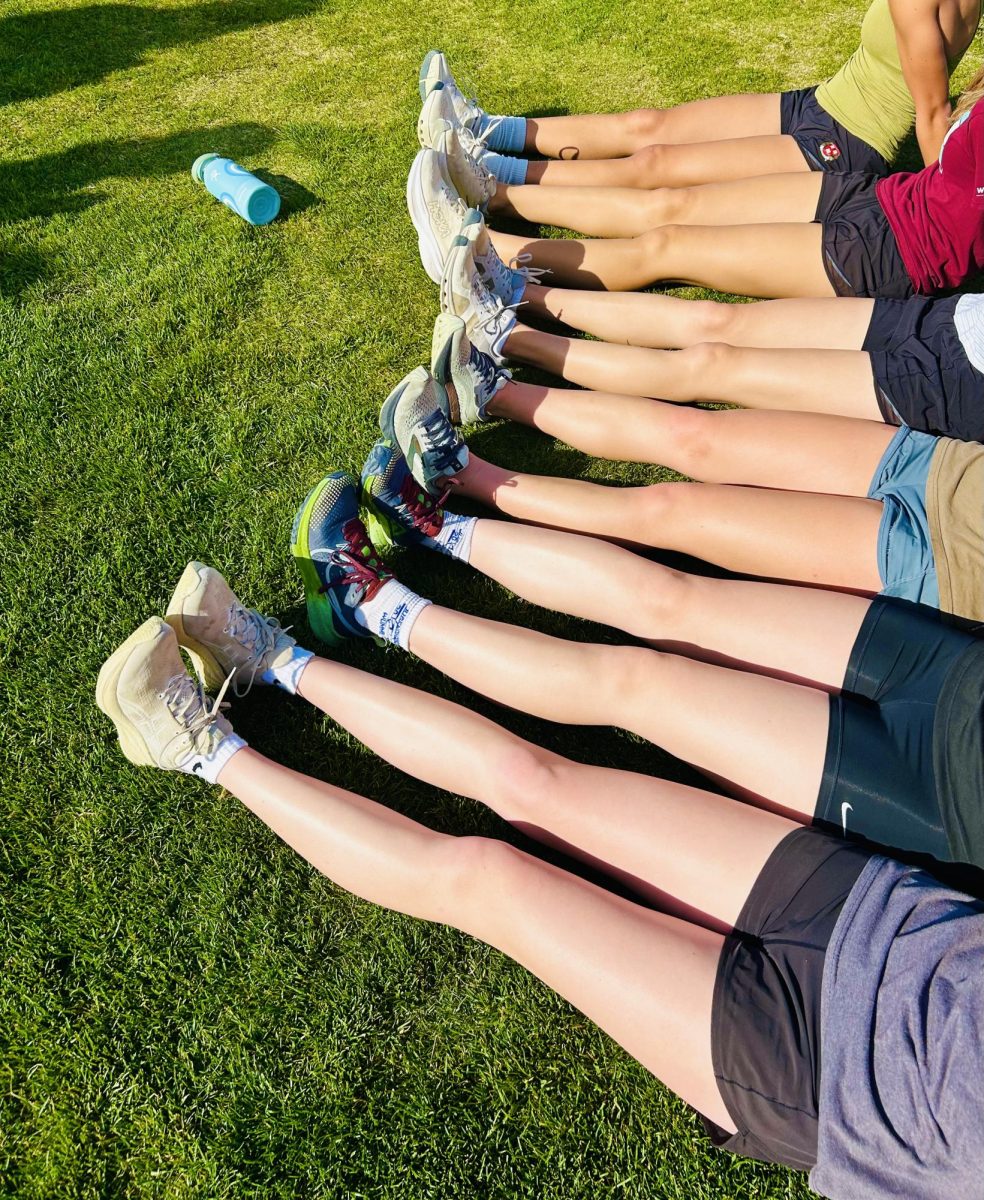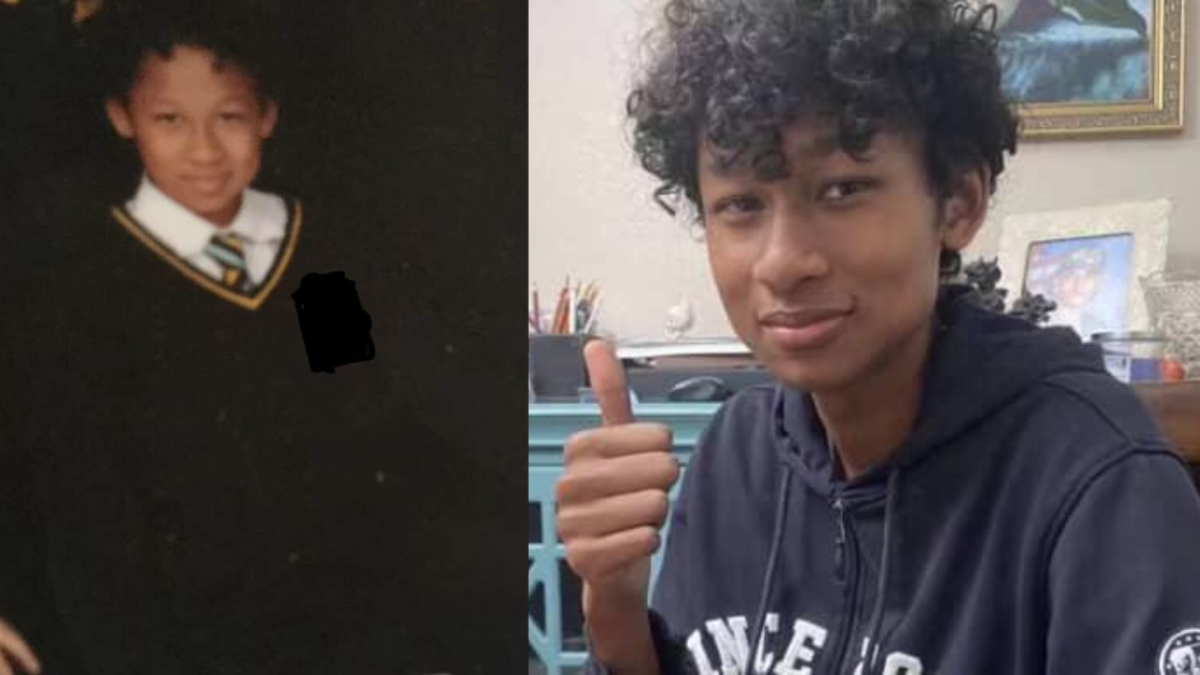A girl sits uncomfortably in class, scratching at her flaking, bubbling skin. She spent hours of the past weekend baking in the sun, in hopes of achieving a golden tan. To further intensify her tan, she doused her body in tanning oil and skipped sunscreen. California’s sunny weather and current beauty standards make tanning a common practice among teenagers. Often, tanning results in sunburns and blisters, posing the question of why one would participate in a practice with such consequences.
“I like to be tan because being tan means you are pretty,” Juliette Lindsey (‘27) said. “It’s just attractive.”
Many teens feel their best when their skin is sunkissed.
“When I’m tan I feel more confident,” Ava Mosley (‘27) said. “When I’m pale, I just want to wear clothes to cover [my skin].”
To maintain this confidence, teens spend a significant amount of time and money on tanning products.
“I tan pretty much the whole day,” Mosley said. “If I’m going to tan, I get out at 11 [o’clock] to 3.”
The tanning process is not always just about getting a tan. The time spent tanning is also an activity for friends.
“I tanned last week with my sister, and [in the summer I tan with] my girls,” Lindsey said.
While tanning is a fun activity that boosts confidence, it has several harmful side effects, such as eye damage, premature aging, and an increased risk of skin cancer. According to the Skin Cancer Foundation, one in every five Americans will develop skin cancer by the age of 70 in the United States. Each time someone tans, their chance of skin cancer increases. Furthermore, the US Environmental Protection Agency recommends sun protection with any UV ranking 3 or above on the UV index scale. However, the majority of teens who desire a tan look past this recommendation.
“My favorite UV [to tan in] is 8-10 (on the UV index scale),” Finley Walz (‘26) said.
While it only takes around 15-20 minutes to develop a sunburn in UV 9, teens still spend hours a day basking in the sun and its harmful UV rays.
“I’ve come to the conclusion that I will get skin cancer, but I’m okay with it,” Tessa Jones (‘26) said.
Though many teens disregard the side effects of tanning, some teens choose fake tanning as an alternative to sun tanning.
“I fake tan because in the winter time there’s no UV to sun tan in, and I hate being pale,” Walz said.
Fake tanning offers similar results to sun tanning without needing to rely on the sun. However, fake tanning comes with a price.
“I spend probably $30 every two months [on tanning supplies],” Mosley said.

In order to achieve a sunkissed tan, one must acquire tanning mousses or lotions, as well as tanning mats and brushes. Though money spent on supplies is a downside of fake tanning, fake tan is a safer alternative that does not increase the chances of skin cancer.
During sun tanning, the skin produces melanin as a way to protect the skin from sun damage. The production of melanin causes the skin to darken. A fake tan achieves the same result through the use of DHA reacting with amino acids found in the skin.
Whether one chooses sun tanning or fake tanning, the common desire to be tan unites many teens.
“I hope you get the best tan this summer,” Lindsey said.








